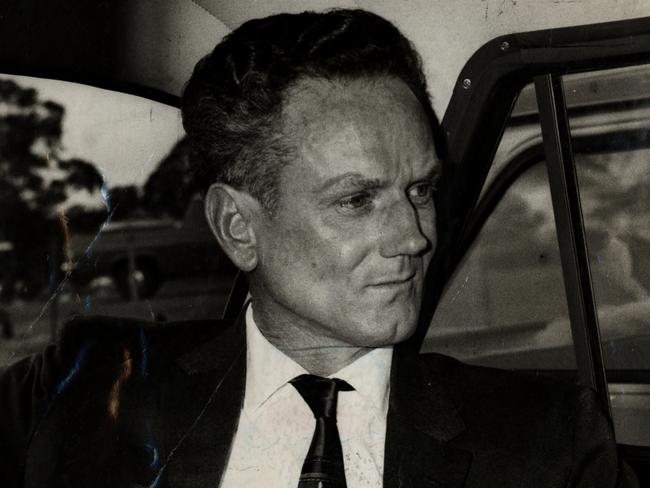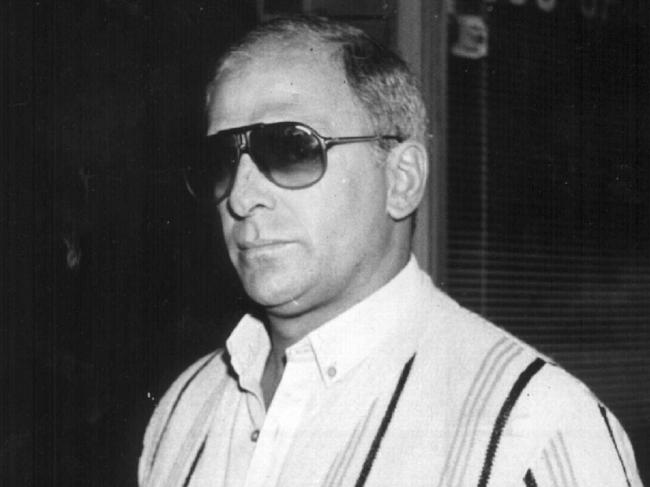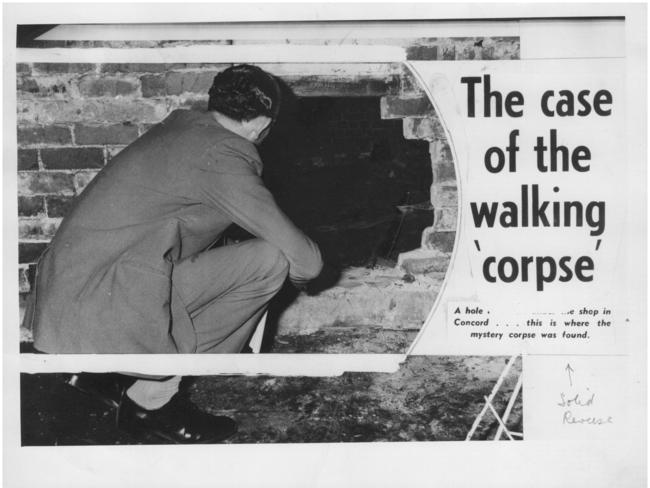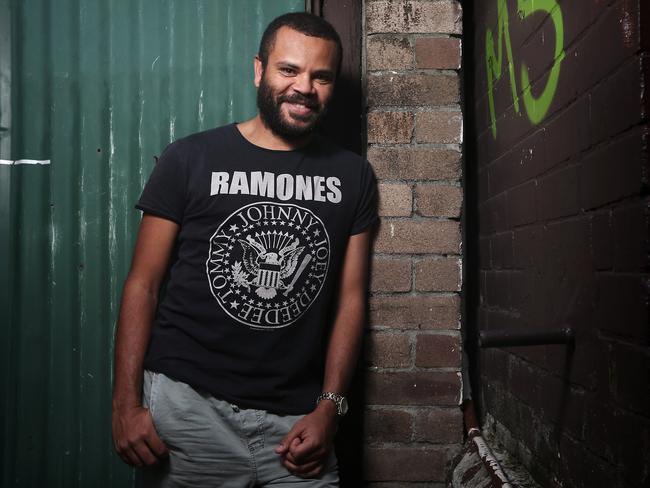Helicopter escapee John Killick talks about notorious prisons and the characters within in On The Inside
Convicted bank robber John Killick gained infamy with a brazen helicopter escape but the now 76-year-old is unlocking the stories behind a myriad of characters he met behind bars.
Convicted bank robber John Killick gained infamy when his gun-toting Russian lover hijacked a helicopter and broke him out of a maximum security Sydney prison but the now 76 year-old is unlocking the stories a myriad of characters he met behind bars.
In his new memoir On The Inside we find Lucy Dudko was not the only girlfriend Killick charmed into an escape plot. We are given insights into the story of a girlfriend named Jackie, who slipped Killick a pistol in a Queensland hospital and helped him to escape.
In fact, Killick says plotting escapes dominated his thoughts during all his prison stints he credits this preoccupation with helping him survive some of Australia’s most notorious prisons.
The memoir gives us some insight into some early triggers that helped mould Killick.
“When I first moved to Rozelle in 1952, aged 10, Darcy Dugan was a household name,” he said.

“Nicknamed ‘Houdini’ because of his ability to escape from prison (he escaped six times and made numerous other attempts), most of the kids at my school, Rozelle Primary, regarded him as a hero rather than a criminal. Even today, to older people at least, when the name Darcy Dugan is brought up it catches their attention.
“Born in 1920 in Newtown – a tough, poor suburb at the time – Darcy came from a strong, Irish Catholic heritage and went to St Benedict’s School in Chippendale. When he was twelve, he began shoplifting from Grace Bros and other stores. Some of his regular customers were Tilly Devine, the infamous brothel keeper, her working girls and usherettes at the local cinemas. They all bought cosmetics from him. One of his shoplifting accomplices was Lenny
McPherson. He went on to become one of the ‘Mister Bigs’ in the New South Wales underworld.”
His first memoir, The Last Escape, is more a memoir of his early life including a mother who died too young, a violent father and the evolution of Killick from small time criminal to the infamous bank robber who stole headlines in 1999 with his daring helicopter escape. The follow-up, On The Inside, while it does have a chapter on the helicopter coupe, has a greater focus on life inside prison and some of the notorious names from the inside.
“Gaol is a place where you meet a vast array of unique and unforgettable
characters,” Killick said. “People whom you would be most unlikely to meet anywhere else – apart from perhaps the race track.”

The characters from his time in jail, that amounted to more than 30 years, included Arthur
‘Neddy’ Smith.
“I first met Ned in Long Bay Penitentiary (as it was then) in July 1963,” Killick said.
“Even then, although he was only 18, he was big, aggressive and always looking for trouble. Sometimes I would pace the yard with him and exchange stories. He told me that he had been bashed, starved, and tortured during his time at Tamworth Boys’ Home.”
Another character from the book that instilled terror was William ‘the Mutilator’ MacDonald who was compared to London’s infamous Jack the Ripper.

“In 1961 and 1962 he instilled fear throughout the community in Sydney, particularly the derelict and homeless men. Before he was arrested he had stabbed four men to death in Sydney and either severed or mutilated their genitals,” Killick said.
“In Sydney homeless men began fighting to get into shelters. In Hyde Park and the Domain area policemen dressed like derelicts began to take shelter there hoping to entrap the killer.”
“In June 1961, near the Domain Baths (now Andrew ‘Boy’ Charlton Pool), he stabbed Alfred Greenfield 30 times. He then undressed him, severed his genitals, put them in a bag and threw them from the Sydney Harbour Bridge into the harbour,” Killick said.
But this story gets even weirder. After his fourth victim MacDonald brought a mixed business at Concord under the pseudonym Alan Edward Brennan. His fifth victim was found under the shop after neighbours complained about a putrid odour.
An autopsy concluded that the body was that of the missing shopkeeper, Edward Alan
Brennan (MacDonald’s alias).
But when a former workmate saw MacDonald walking on the streets of Sydney larger then life he reported in to the police. When this went nowhere he went to the media and the exposure led to the arrest of MacDonald.
“Frustrated he went to The Daily Mirror, which published the story under the banner, ‘Case of the Walking Corpse’,” Killick said. “The publicity prompted the police to exhume the body.
Fingerprints revealed it was Patrick Hackett, and that his genitals had been mutilated. They had found a fourth victim of ‘the Mutilator’.”

There is also up-lifting stories like that of Robert ”Bobby” Merritt, who Killick calls The Cake Man.
Killick met Bobby in Long Bay in 1972. They both worked on the magazine, Inside
Out. It was here Bobby started working on a story of an Aboriginal man from the outback who moved his family to the “big smoke” and finds success that he called The Impossible Dream.
While in jail wrote a play The Cake Man, based on his original idea of The Impossible Dream.
The education officer was so impressed by it that he smuggled it out of the jail and gave it to the Australian National Playwrights’ Conference.
“In 1975, The National Black Theatre in Redfern staged it,” Killick said, “The performance was the first full-length play staged by them.
“Aware of the political situation, the prison authorities allowed Bobby, in handcuffs and escorted by prison guards, to attend the opening night. When the actors saw him in handcuffs they refused to commence the play until they were removed.
“The play became a hit. In 1978 the ABC produced a tele-movie of it.”
● On The Inside, New Holland Publishers RRP $29.99 available from all good book retailers or online newhollandpublishers.com


